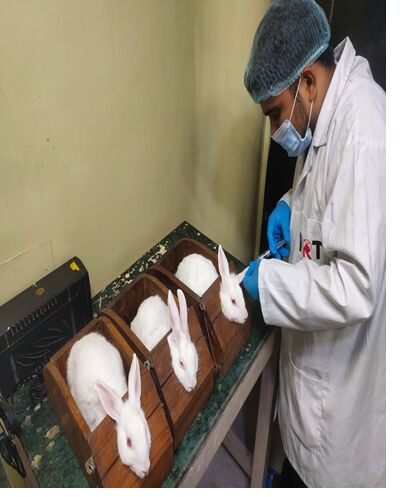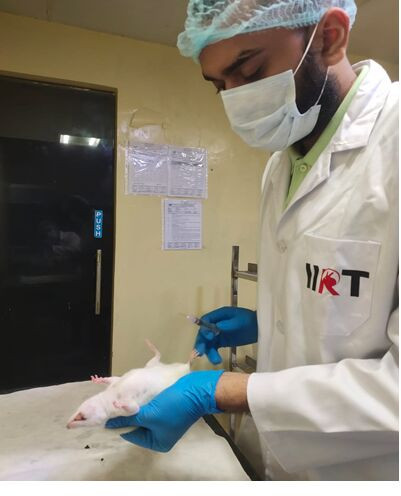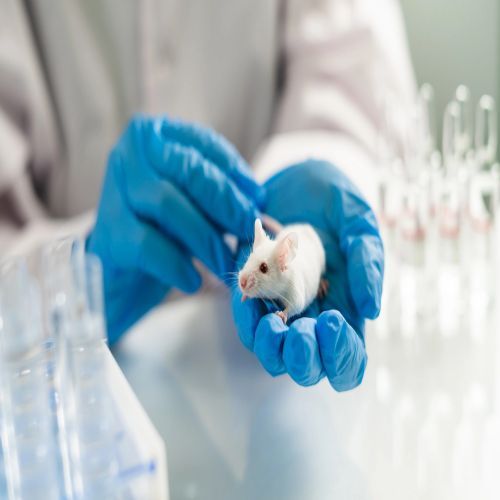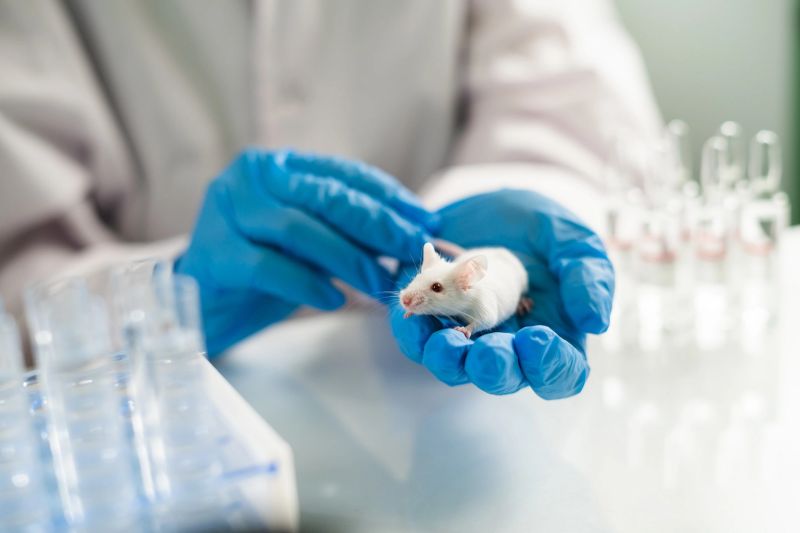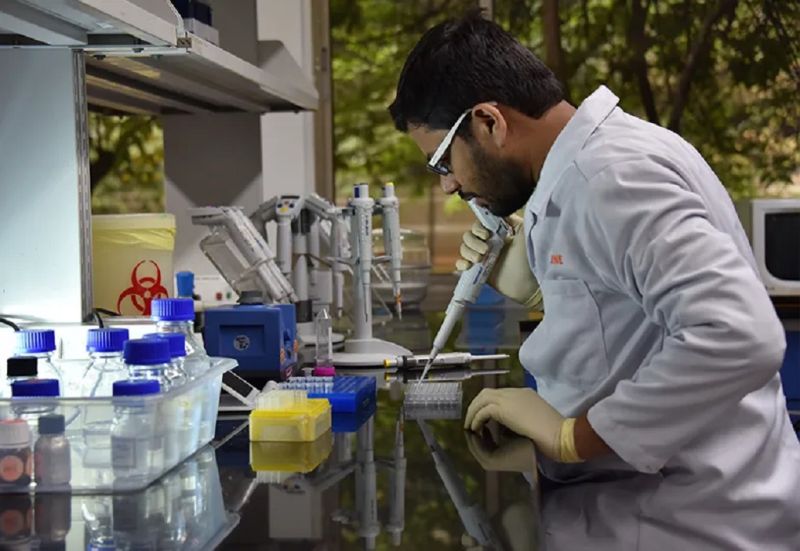Pyrogen testing is a crucial procedure used to detect the presence of pyrogens—substances that can induce fever when introduced into the human body. These substances are most commonly bacterial endotoxins, which originate from the outer membrane of Gram-negative bacteria. However, pyrogens can also include non-endotoxin substances such as certain chemicals, metabolites, or contaminants introduced during manufacturing.
This testing is essential to ensure the safety of:
-
Injectable pharmaceuticals – to prevent febrile reactions in patients.
-
Biological products – such as vaccines and monoclonal antibodies, where sterility is critical.
-
Medical devices – especially those intended to come into contact with blood or cerebrospinal fluid.
By identifying and eliminating pyrogens, manufacturers can meet regulatory standards and safeguard patient health. Pyrogen testing methods include the Rabbit Test, Bacterial Endotoxin Test (BET or LAL test), and Monocyte Activation Test (MAT), each with specific applications depending on the product type and regulatory requirements.
Reproductive toxicity studies encompass a series of scientific investigations aimed at assessing the potential effects of various substances—such as pharmaceuticals, chemicals, or environmental agents—on reproductive health and fertility. These studies are essential in understanding how exposure to certain substances may affect sexual function, reproductive capability, and the development of offspring.
They play a crucial role in several areas, including:
-
Regulatory Toxicology: Providing data required by regulatory agencies to evaluate the safety of substances.
-
Drug Development: Ensuring new drugs do not pose reproductive risks before approval and market release.
-
Chemical Risk Assessment: Identifying potential reproductive hazards associated with industrial or environmental chemicals.
Overall, reproductive toxicity studies help ensure that substances intended for human or environmental exposure do not compromise reproductive health, supporting public safety and informed regulatory decisions.
Sub-acute toxicity studies are conducted to assess the adverse effects of a substance following repeated exposure over a short duration, typically ranging from 14 to 28 days. These studies are essential in the early stages of toxicological evaluation and are designed to identify the potential health risks associated with short-term use or exposure.
Key objectives of sub-acute toxicity studies include:
-
Identifying target organs that may be affected by the substance.
-
Determining dose-response relationships to understand how toxicity varies with different exposure levels.
-
Observing clinical signs and symptoms of toxicity, including behavioral or physiological changes.
-
Evaluating changes in body weight and food consumption, which may indicate systemic effects.
-
Providing baseline data to inform the design and safety margins of sub-chronic and chronic toxicity studies.
These studies play a crucial role in risk assessment and help ensure the safe development and regulation of pharmaceuticals, chemicals, and other products.
Subchronic toxicity studies are scientific investigations designed to evaluate the health effects of repeated exposure to a substance over an intermediate duration, typically lasting 90 days. These studies aim to detect early signs of toxicity, determine the relationship between dose and response, and identify specific organs or systems that may be adversely affected.
They are crucial in the safety assessment of chemicals, pharmaceuticals, food additives, and other products, helping to guide safe exposure levels and predict potential long-term health risks.
Key Objectives of Subchronic Toxicity Studies:
-
Assess potential toxic effects of repeated dosing
-
Identify target organs affected by the substance
-
Determine dose-response relationships
-
Establish No-Observed-Adverse-Effect Level (NOAEL)
-
Support risk assessment and regulatory decisions
Subacute toxicity per ISO 10993 Part 11
Subacute toxicity studies evaluate the toxic effects of medical device materials or extracts after repeated exposure over a short-term period, typically up to 28 days. This testing helps to identify adverse effects that may arise from repeated or continuous exposure and supports the safety assessment of medical devices.
The Terrestrial Plant Toxicity Test assesses the effects of chemicals, such as pesticides, herbicides, or industrial pollutants, on the growth and development of terrestrial plants. This test helps evaluate potential risks to vegetation and ecosystems.
Toxicokinetics per ISO 10993 Part 16
Toxicokinetics (TK) studies investigate the absorption, distribution, metabolism, and excretion (ADME) of chemical substances released from medical devices. This helps understand how the body handles these substances over time, correlating exposure with potential toxic effects.
